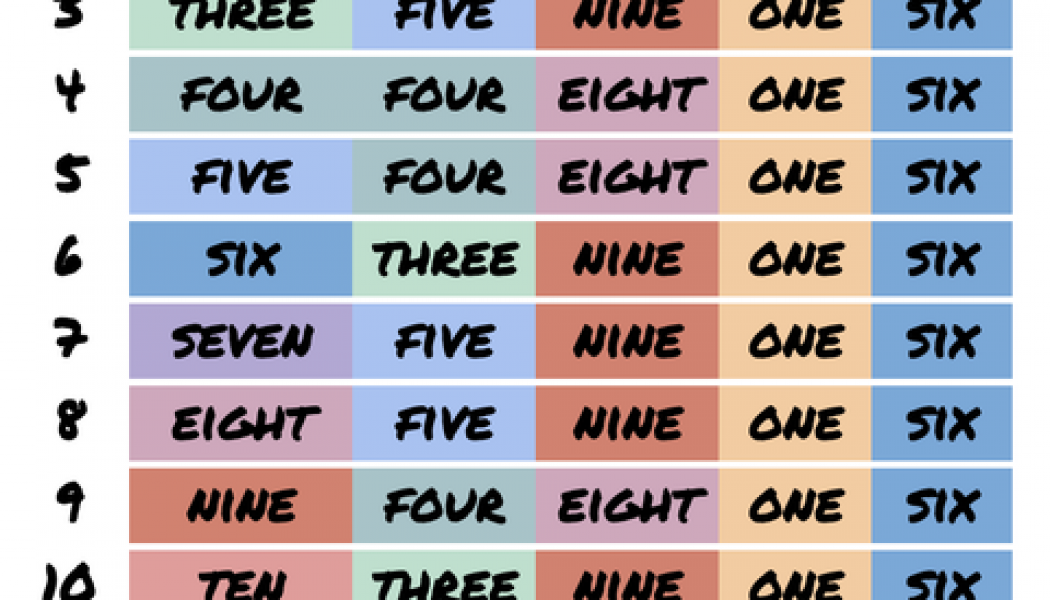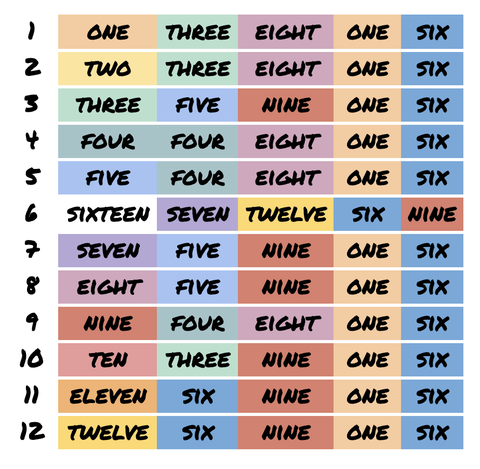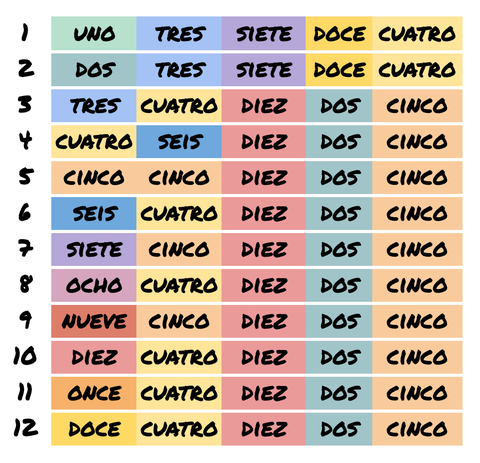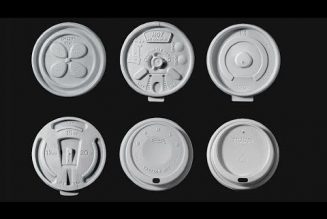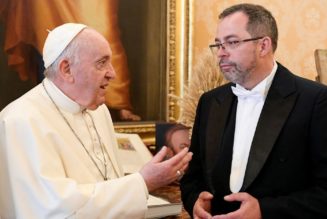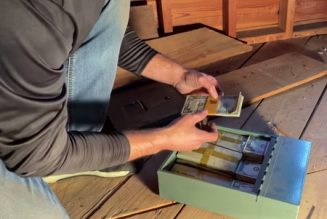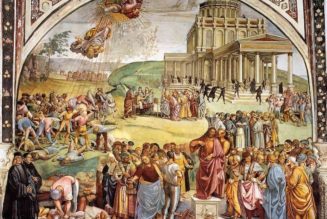- Math is magic, according to a new YouTube video depicting the Kruskal count.
- Brain teasers and magic tricks help bring math to relatable real life even for the mathphobic.
- The Kruskal count is a probability for a deck of cards and a certainty for a clockface done in English.
YouTuber Michael Stevens (who hosts the popular Vsauce series) has brought a classic math magic trick back from its ‘90s heyday. In the video, Stevens walks viewers through a magic trick where they choose a number on a clock face, then trace around the clock by spelling out their numbers.
With your finger beginning at 12, you spell “five” or “eight” or “twelve” (or whatever number you’ve chosen!) and take one step for each letter, ending up at 4, 5, or 6, respectively. Now, you spell “four,” “five,” or “six” and keep going around the clock. Stevens says to do this a few times, then he guesses the final number you’ve landed on.
Cool, right? In the video, Stevens says the math behind the trick is part of an idea called the Kruskal count, named for mathematician Martin Kruskal. He discovered this special case of the absorbing Markov chain, where probabilities line up until people’s outcomes end up being the same.
There are a lot of variations on this trick, although calling it a “trick” at all isn’t quite right. The most famous application is probably by TV magician David Copperfield, who took a break from making the Statue of Liberty disappear to do different versions of a close-up trick where he predicted the numbers viewers had chosen:
What’s going on here? Also, why don’t any of the explanations talk about how important the language is to how this trick works? Basically, the secret is how the set of number words “one” through “twelve” in English end up pointing to each other around a clockface until they’ve all pointed to the same one value.
To show how delicate the equilibrium is, here’s an example where “six” is replaced by the seven-letter “sixteen”:
In this case, 11 out of 12 people would still end up at the same number value, and the “trick” would still almost always be a success! The same can be said if we do the trick in Spanish:
Here, 10 out of 12 end up on the same number value. For other languages that use letter systems, some will work better than others. For languages that use phonemes, pictographs, or characters, all bets are off.
Faced with probabilities instead of sure things, this is also when you can start to think about how what’s at play is a very simplified form of the same “likely outcomes” math that poker players and casino card counters do. And, in fact, there’s a version of the Kruskal count that works on a deck of cards. Stevens goes through it in the video, too.
The idea is that you can shuffle a deck of cards and end up with a deck where you can iterate from any initial card and end up on the same card an astonishing amount—about 85 percent of the time, Stevens says. He shuffles a deck and deals out an example where just 70 percent end up converging, which he says is remarkably low in the pool of overall options.
There’s a similar math magic trick where you walk people through some simple arithmetic before guessing their number. Start with any counting number. Add 23, multiply by 3, subtract 6, and multiply by 3 one more time. Then add the digits together progressively until you have just one digit left. What’s that number?
You can see I’ve used arithmetic to guarantee everyone’s number will be 9. In the meantime, show your work while I make a cruise ship disappear.
